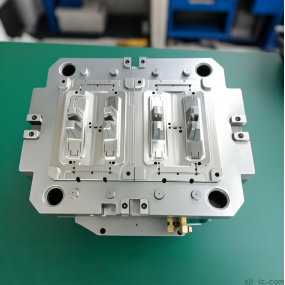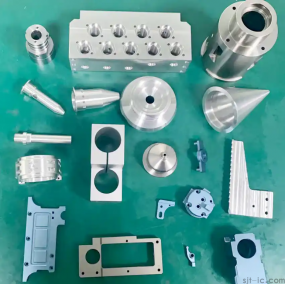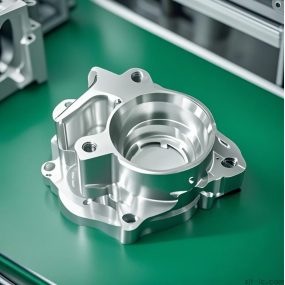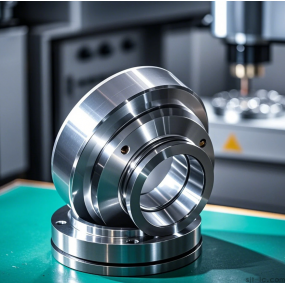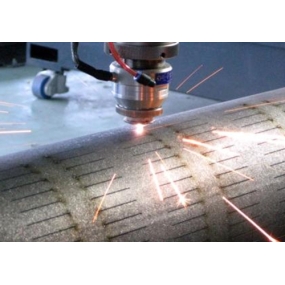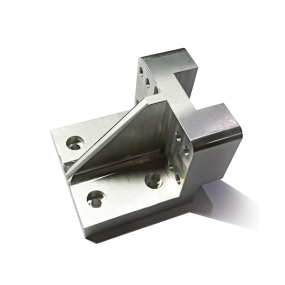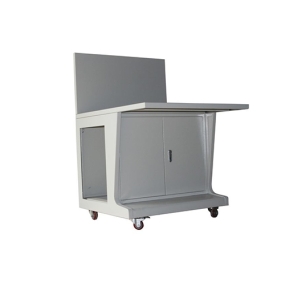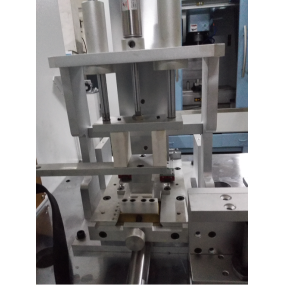Numerical control lathe is a high-precision and high-efficiency mechanical processing equipment with many advantages and characteristics. Its main advantages and features include:
1. High precision: The CNC lathe adopts a CNC system to control the machining process, which can achieve high-precision machining, ensure the quality and accuracy requirements of the machined parts, and is suitable for machining tasks with high dimensional accuracy requirements.
2. High efficiency: CNC lathes use automation technology to control the machining process, without the need for manual intervention, resulting in high machining efficiency. At the same time, CNC lathes can achieve one-time processing of multiple processes, greatly improving processing efficiency.
3. Multifunctionality: CNC lathes can process parts of various shapes, with strong adaptability and flexibility, and can meet the needs of different processing requirements.
4. High degree of automation: CNC lathes control the machining process through a CNC system, achieving automated production, reducing labor costs, and improving production efficiency.
5. Strong programmability: CNC lathes can write programs according to machining requirements to achieve machining of parts of different shapes and sizes, with strong flexibility.
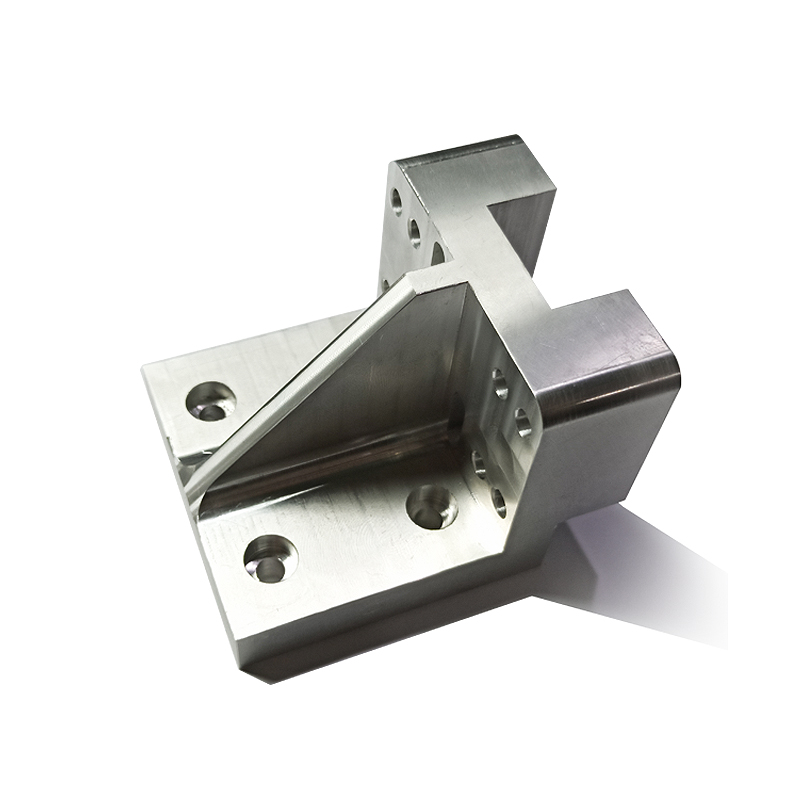
6. High precision in repeated processing: CNC lathes can achieve mass production, ensuring consistent processing accuracy and quality for each part.
7. Cost saving: CNC lathes can save labor costs, reduce production cycles, improve production efficiency, thereby reducing processing costs and enhancing enterprise competitiveness.
In summary, CNC lathes have the advantages and characteristics of high precision, high efficiency, strong multifunctionality, high degree of automation, strong programmability, and high repeatability in the field of machining. They are suitable for the processing of various precision parts and are indispensable equipment in modern manufacturing. Through continuous innovation and development, CNC lathes will be widely used and developed in the future.


 Spanish
Spanish Arabic
Arabic French
French Portuguese
Portuguese Belarusian
Belarusian Japanese
Japanese Russian
Russian Malay
Malay Icelandic
Icelandic Bulgarian
Bulgarian Azerbaijani
Azerbaijani Estonian
Estonian Irish
Irish Polish
Polish Persian
Persian Boolean
Boolean Danish
Danish German
German Filipino
Filipino Finnish
Finnish Korean
Korean Dutch
Dutch Galician
Galician Catalan
Catalan Czech
Czech Croatian
Croatian Latin
Latin Latvian
Latvian Romanian
Romanian Maltese
Maltese Macedonian
Macedonian Norwegian
Norwegian Swedish
Swedish Serbian
Serbian Slovak
Slovak Slovenian
Slovenian Swahili
Swahili Thai
Thai Turkish
Turkish Welsh
Welsh Urdu
Urdu Ukrainian
Ukrainian Greek
Greek Hungarian
Hungarian Italian
Italian Yiddish
Yiddish Indonesian
Indonesian Vietnamese
Vietnamese Haitian Creole
Haitian Creole Spanish Basque
Spanish Basque

